 |
|
||||||
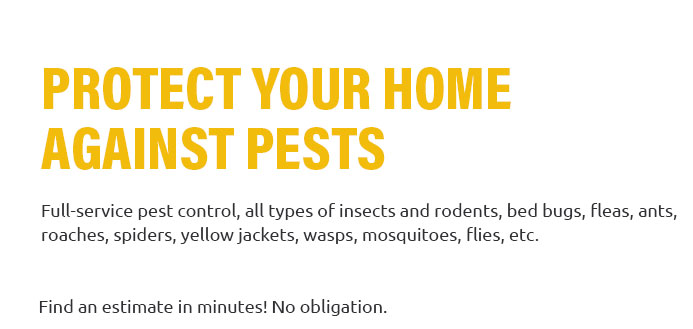 |
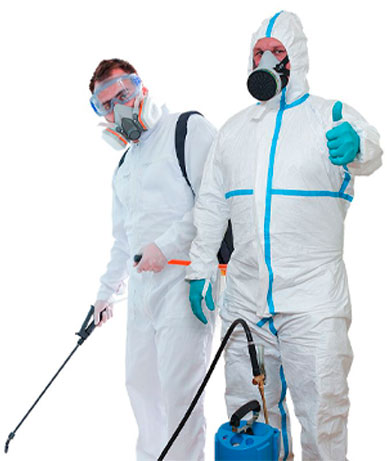 |
 |
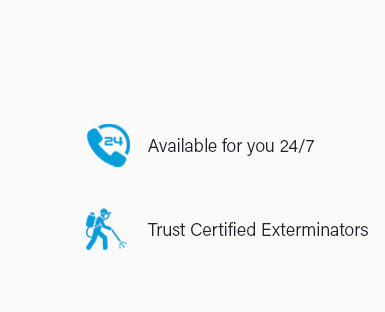 |
 |
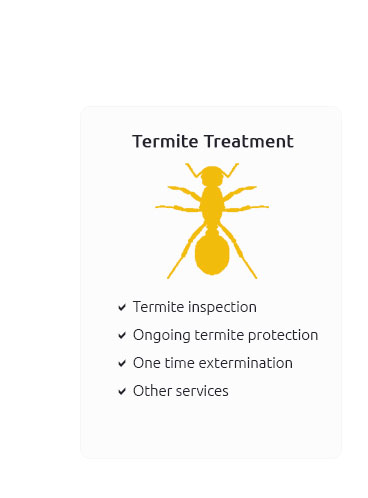 |
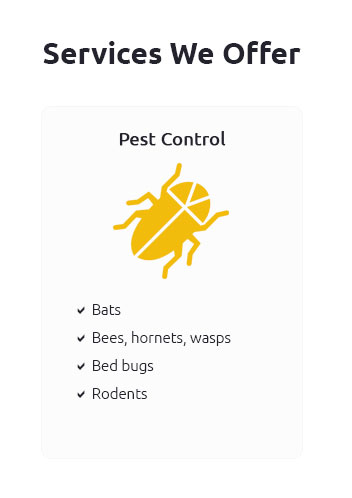 |
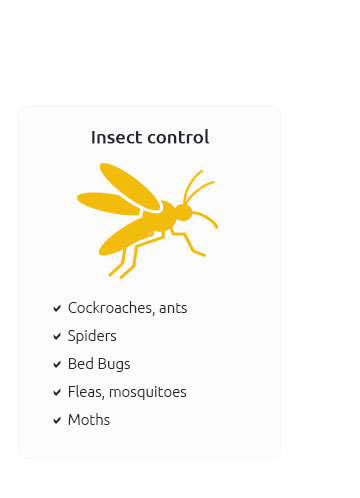 |
 |
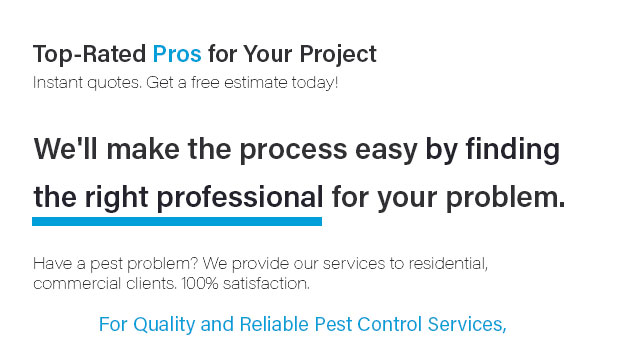 |
 |
 |
 |
|
Welcome to a pest-free life, where the 'best home pest control' isn't just a claim, but a promise we deliver with precision and passion; imagine a sanctuary untouched by the nuisances of the insect world, where our cutting-edge solutions and expert team transform your home into a fortress against unwanted invaders, empowering you with peace of mind and unrivaled protection, because when it comes to safeguarding your home, we don’t just control pests-we annihilate them, ensuring your living space remains your own, untainted and serene, so say goodbye to creepy crawlies and hello to a new era of comfort and confidence.
https://www.homedepot.com/b/Outdoors-Garden-Center-Pest-Control-Insect-Control-Insect-Killers/Best-Rated/N-5yc1vZ2fkoqg8Zbwo5q
Spray - Drench - FIRST SATURDAY LIME. 20 lb. 2,000 sq. - Hygea Natural. Mite & Bed Bug Spray & Surface Cleaner (Laundry Fresh) 24 oz. Ready to Use Non Toxic Child ... https://www.amazon.com/Best-Sellers-Pest-Control-Products/zgbs/lawn-garden/553844
Pest Control ; 170,265. 23 offers from $12.90 - #1 ; 85,493. 17 offers from $19.82 - #2 ; 53,044. 13 offers from $19.89 - #3. https://www.reddit.com/r/homeowners/comments/17vzcyf/what_is_the_best_effective_pestbug_control_spray/
Start with using Ortho Home Defense indoor spray. Usually handles most of the pests you run into commonly, safe for pets and kids as long as you ...
|



